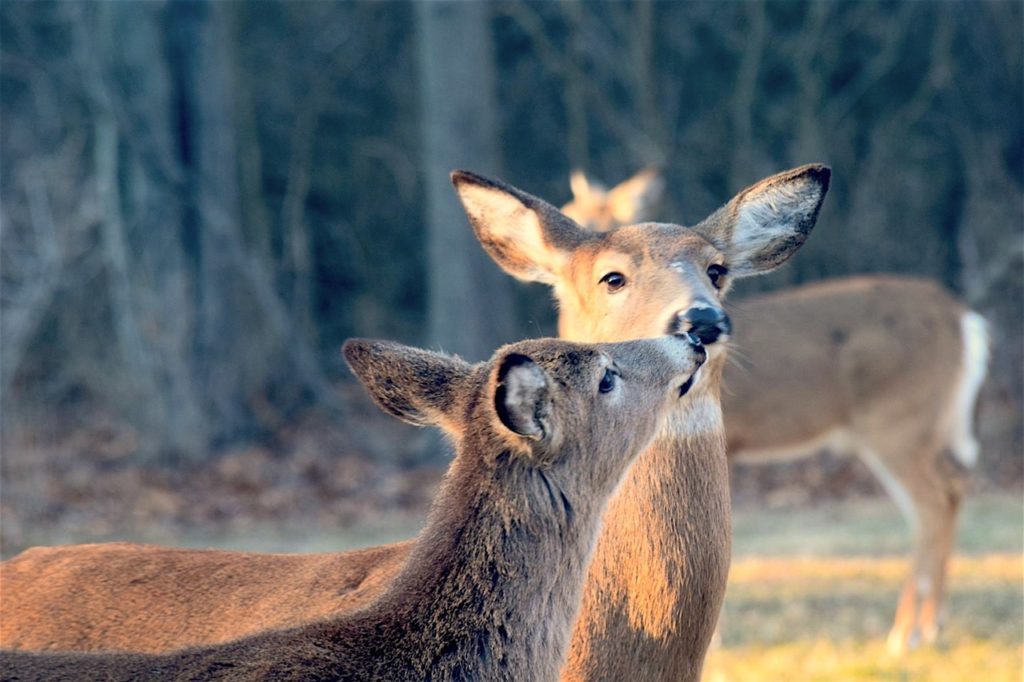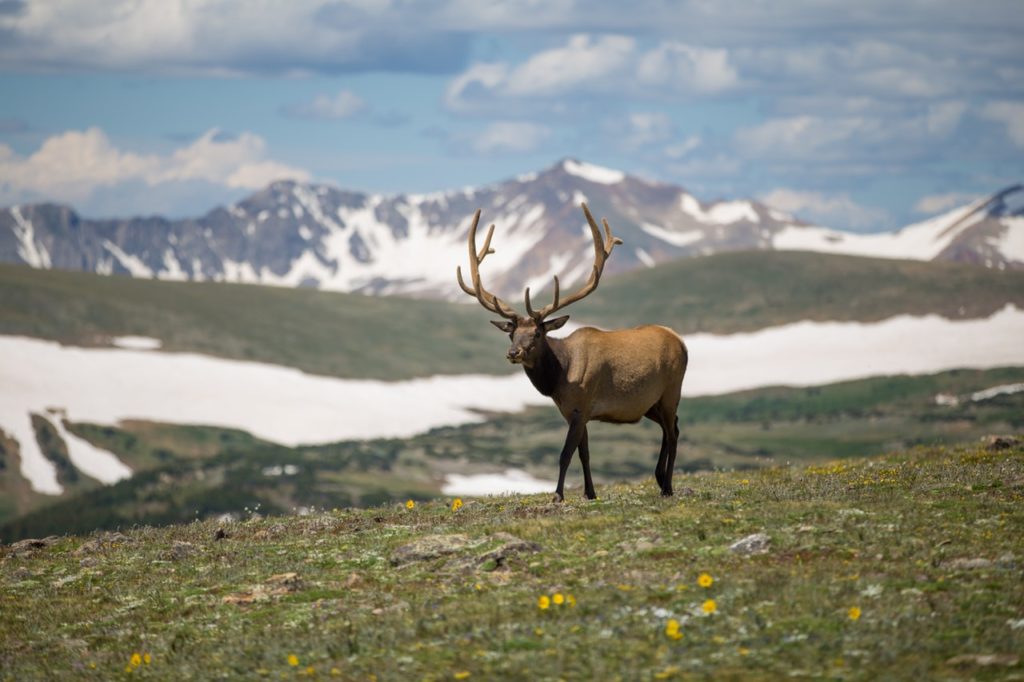Deer Hunting Tips and Tactics for Opening Day
Whether you’re a veteran hunter or just starting out, these are the top ten tips that you can utilize as you prepare for your opening day coming from the Deer Hunters Website:
-
Get into position early.
Deer will head to thick areas where they feel safe and secure, and that’s where you have to set up and be waiting. An elevated tree stand is the best way to go. Place your stand near the thickness the deer will be heading for, with good visibility, and it’s critical to get into position before first shooting light.
-
Stand selection is critical.
Many deer react to hunter movement, even before any shots are fired. Escape routes and feed-to-bed trails are often your best bet. Select your stand accordingly for deer that were on a food source during the night and will be heading for thick cover come dawn.
-
Feel free to get lost.
Sometimes, you have to hunt where no one else is willing to go. Many deer change their patterns almost immediately due to human traffic, so you might have to seek out a new area.
-
Follow the weather.
Let the weather be your ultimate guide; nothing impacts timing and action more than what the weather will be like. Make sure you’re on top of the conditions if you want to get things exactly right. This includes not only rain and snow but also being aware of pressure and wind.
-
Pinpoint the pinch points.
Deer tend to follow the path of least resistance. On opening day, pinch points and funnels that are covered are essential as deer become on the move as guns start going off. Locate your stand downwind of a prime terrain feature.
-
Try out a charcoal mask.
Wearing face paint keeps deer from spotting you. Greasy paints are difficult to remove, but charcoal is just as efficient and is even more simple and cheap. It’ll wash off easily and provides some scent control.
-
Make the forage you’re hunting attractive.
This can be done with fertilizers and an understanding of plant biology. Two weeks prior to opening day, hit up your area with fertilizer and an application of nitrogen. This will create an ultra-green area, and more deer will come to eat, giving you great opportunity.
-
Always have a stash of zip ties.
You can use these to quickly fix your tag to deer, add cover to a stand, or erect a ground blind; there are many uses to them and are always good to have on hand.
-
Try things with a small group.
A smaller group can produce better results than a big one. On opening day, the goal is to nudge deer into position, and a small group of three to five hunters can work this well.
-
Know that a drive can work.
An opening day drive can be effective if it’s done right, and you can benefit from drives gone wrong in neighboring areas by hanging a stand off the property line. Many drives don’t involve enough planning, and escape routes are overlooked. Done properly, a drive can bring you a great haul on opening day.


